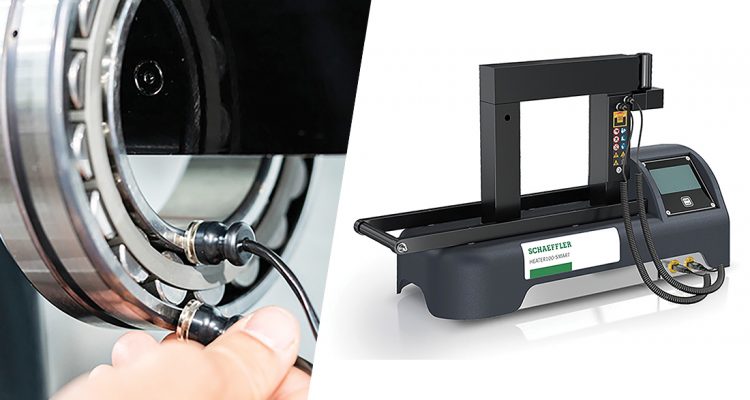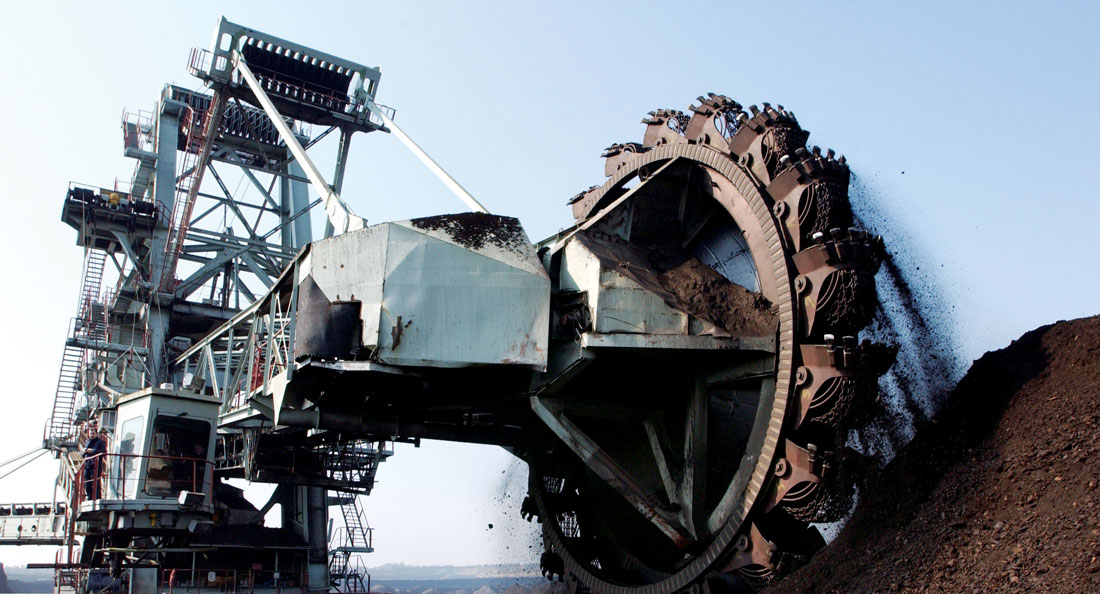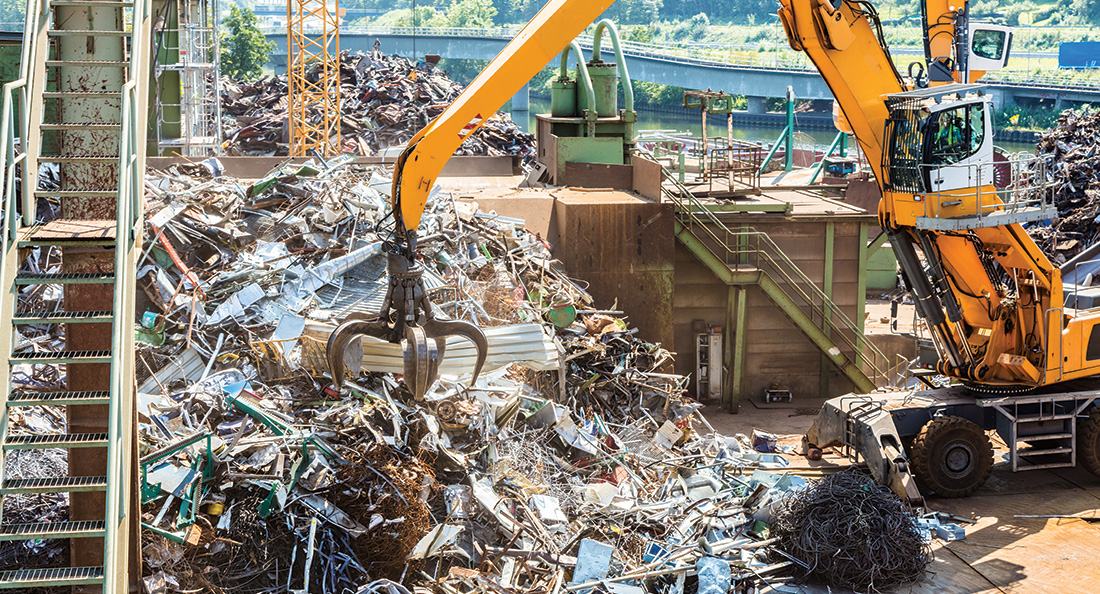Rolling bearings are heavy-duty machine elements with high-precision components that must be selected carefully to be effective in their given application. Just as important to the selection process, however, is the mounting and dismounting of rolling bearings. This is crucial to the efficient and safe performance of the bearings, as well as to their longevity.
According to Tony Tormey, Category Manager of Industrial Bearings at Motion, the life of a bearing is dependent on proper fitment when it is initially mounted.
“If a rolling bearing is poorly mounted, it can end up damaging both the bearing and the shaft prior to operation,” he says. “This can also create a safety risk for anyone who is in the vicinity of the rotating equipment the bearing is being used in.”
Tony says an estimated 10 per cent of bearing damage can be attributed to incorrect mounting methods.
Commonly, damage caused by improper fitting becomes apparent in the form of unusual noises, irregular running, and rolling element indentations – all of which can lead to premature failure.
Besides posing a safety risk, premature failure can result in costly downtime and decreased production, ultimately leading to a loss of revenue.
Therefore, Tony says, the highest precision must be ensured during the mounting phase. Gentle and safe methods of mounting rolling bearings can be achieved by means of induction heating.
Accurate temperature control is essential in heating the bearings. If the temperature exceeds 120 °C there is the risk of unintended alteration to the bearing grain structure, resulting in dimensional instability and a drop of hardness.
By using an induction heating device, such as Schaeffler’s HEATER100-SMART models, rolling bearings can be brought up to mounting temperature in a fast, secure, and clean manner.
“The induction heating method ensures that rolling bearings are always prepared and mounted at an ideal temperature for a technically correct installation,” says Tony. “It also minimises the risk of injury and reduced maintenance cost.”
The sturdy and durable design of Schaeffler’s SMART and BASIC range of induction heaters have a durable membrane keyboard, time and temperature control, and low energy consumption, make them suitable to a wide range of industrial applications.
Compared to previous models, the latest heaters allow operators to achieve an estimated time savings of 30 to 50 per cent due to the improved efficiency. The associated energy requirements are reduced as a result.
With their proven ramp control, and new Delta T control, these devices can safely heat rolling bearings with reduced radial clearance. The models also feature automatic power regulation and sensor detection, intuitive control via touch screen and four separate heating methods.
To summarise, Tony says that Schaeffler’s range of induction heaters allow for the heating process to be carried out in a fast, safe, and environmentally friendly manner. Bolstered by Motion’s nationwide network of experts, he believes induction heating will become a popular choice for industrial businesses across Australia.
“Motion can certainly assist customers with any enquiries about the induction heating technology and we will lean on our partner, Schaeffler, for technical support. We can also advise as to how to get the most efficient and safest performance possible from bearings at every stage of the lifespan,” he says.
Risks of improper mounting/dismounting roller bearings
• Unusual noises and irregular running of machine
• Can damage bearing and shaft prior to operation
• Safety risks to people around the machine
• Potential costly downtime/decreased production




